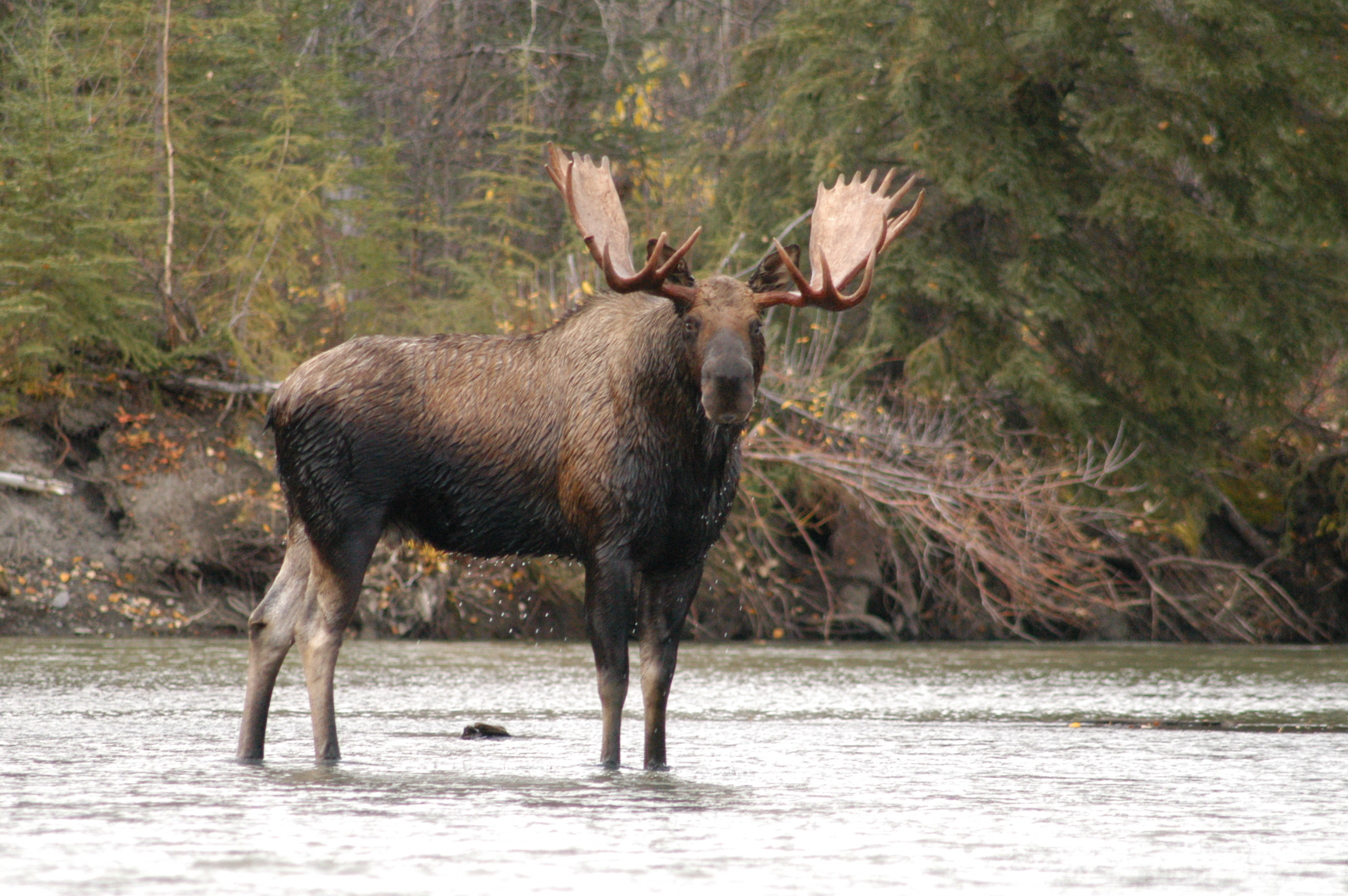Manitoba Moose: Experience the Hunt of a Lifetime
OutdoorHub Reporters 03.26.18
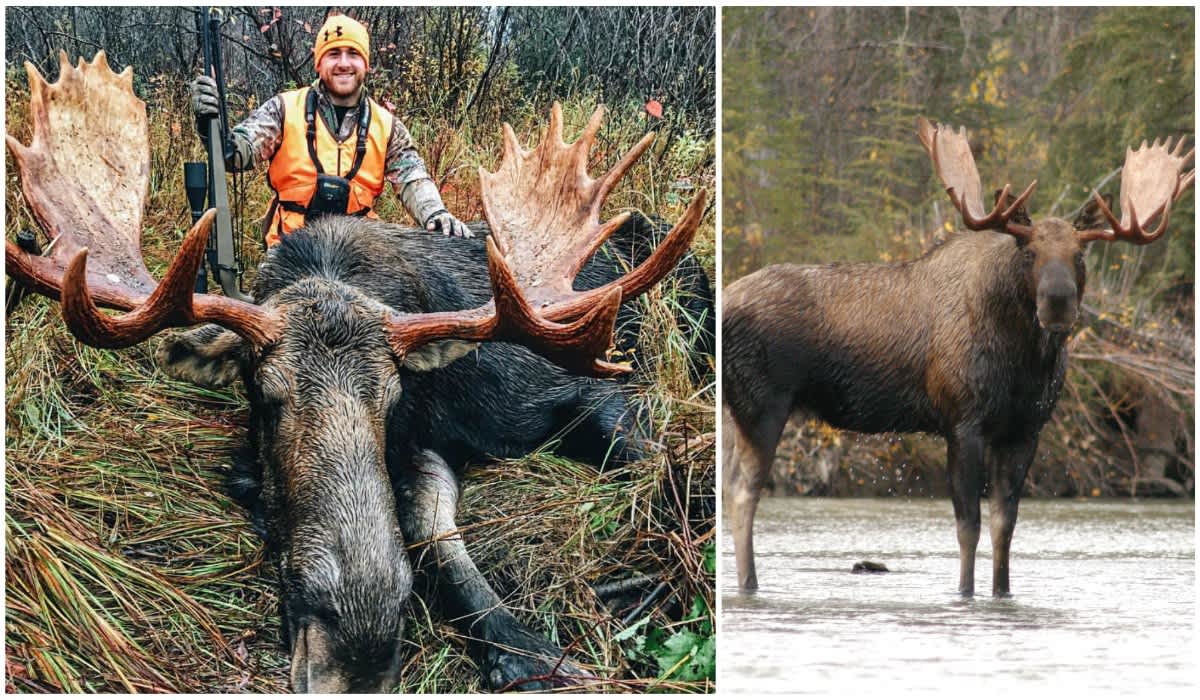
The guide’s pleading cow calls caught the old bull’s attention, but it was his expert handling of the warn and weathered shoulder bone aggressively scraped against a scrub willow that got the moose moving toward you. Now, with every third or fourth step he lets loose a grunt, each one sounding strangely hollow and nasal at the same time. He’s announcing his arrival.
An hour seems to pass during the 90 seconds it takes for the bull’s paddles to come into view. All the while your heart rate accelerates, your breathing quickens, and you begin to wonder how the pounding in your temples hasn’t already sent the moose crashing back into the bush. This is it. You came all this way for just a chance at such an incredible wilderness encounter — a Manitoba moose has taken the bait.
The Canada moose is Manitoba’s largest game animal; a really huge bull can stand more than 6 feet at the shoulder, weigh in excess of 1,200 pounds and sport massive antlers. Even animals that run average to above-average in size are — big! And the act of pursuing these regal beasts along the shorelines, in the bogs, and through the northern forests where they live isn’t just a hunt. It’s an adventure.
For many hunters, the thrill of this type of close-range encounter is so compelling that they go back every chance they get. But for a lot of people, the time and travel one must invest, and let’s face it, the fairly significant monetary cost involved, a hunt for a Canada moose is a once-in-a-lifetime experience. Either way, there are a couple things a hunter can do to maximize both the enjoyment factor and the odds that the hunt will end with a punched tag.
Shape Up
While the typical Manitoba moose hunt may not be exceptionally physical, hunters should make a pre-hunt effort to boost their wind and endurance. Start with short walks, increasing to longer hikes, and you could even add some hilly terrain to these hikes, or add some weight to your day pack or pack frame. The better physical shape a hunter is in, the more enjoyment they will get out of their hunt.
A regular pre-hunt stretching routine will reap benefits as well. During the trip a hunter will do things — hop in and out of floatplanes and boats; hike uneven terrain with pack and rifle — that aren’t part of regular home life. Regular stretching will keep muscles limber and help them recover more quickly after strenuous work.
Savvy hunters will also spend time on the phone with the outfitter, or even call one or two former clients on his reference list. With a few well-aimed questions, they can find out precisely what to expect in terms of physical activity, then determine how best to get prepared.
Practice Shooting
Every good hunter makes sure his or her rifle is sighted in for the ranges they expect to shoot. Just as important, however, is getting off the bench and actually practicing from different in-the-field positions.
For the best practice possible, consider making a life-size cardboard moose target, then practice shooting your hunting rifle off-hand, prone, sitting, kneeling and from shooting sticks a couple times a week, expending no more than five rounds per session. Between sessions with your hunting firearm, it’s smart to shoot numbers of rounds using a .22 rifle. The range will be shorter, but the mechanics are the same, and it helps build muscle memory into breath control and the trigger squeeze. From time to time, you should check shot placement at 200, 300 and 400 yards so you’ll be confident in your hunting rifle’s point-of-impact in relation to your aim point at longer distances.
Remember that regular practice from various shooting positions will go a long way in building confidence and accuracy — and could make the difference between disappointment and celebration.
And finally, because there’s no 10-ring on a moose, you should study charts that outline the animal’s vital zones as well as proper shot placement. They’re readily available online, or in books that can be ordered over the Internet.
Prep Your Gear
Hunters never want to show up in camp with untested equipment. Boots, clothing and packs should be broken in, and you should be so familiar with your binoculars, knives, compass and other equipment that their use is almost second nature.
Likewise, follow the outfitter’s equipment guidelines when planning and packing, especially when it comes to rifle caliber and bullet weight. You may also find that he prefers the use of duffle bags over hard suitcases — they stow more efficiently in a floatplane’s cargo area.
Be sure to ask for your outfitter’s gear checklist, and abide by it. Things will go more smoothly for everyone.
Have a Great Hunt
Manitoba is widely recognized as a premier moose hunting destination, and the list of excellent outfitting operations is quite lengthy. You can see them all on the Fishing & Hunting in Manitoba web page, but for starters, check out the handful highlighted below.
Approximately 110 air miles north of Thompson, MB, Agassiz Outfitters, (888) 468-3394, has exclusive access to large tracts of prime moose territory. Hunters spend 7 days in a remote tent camp, traveling mainly by boat to their hunting areas; 1-on-1 or 2-on-1 guide services available.
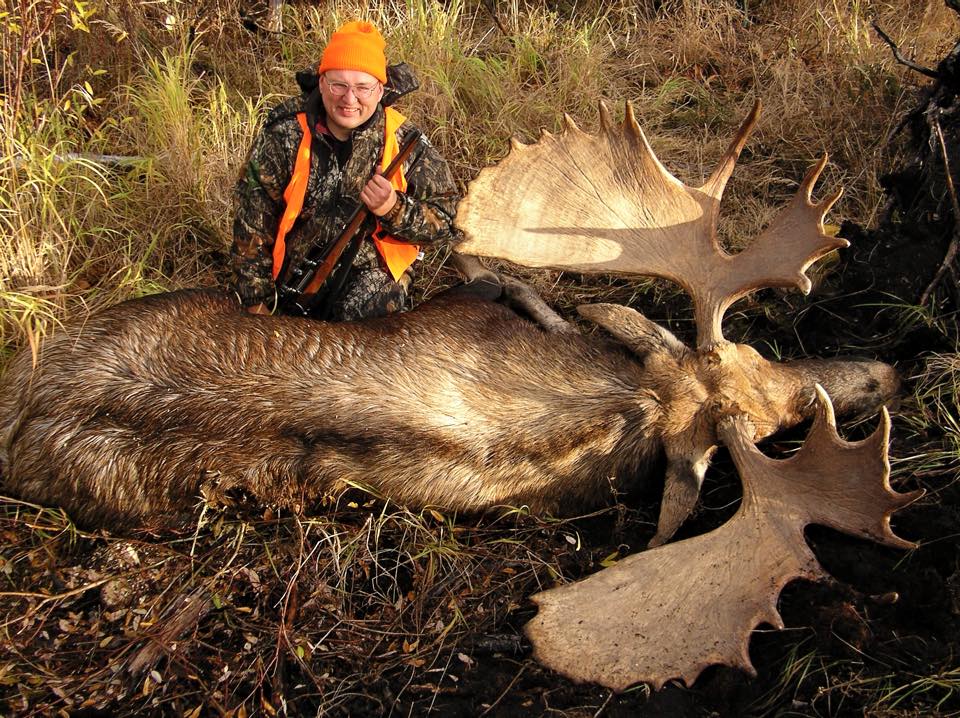
During the past 26 years, hunters at Burntwood Lake Lodge, (877) 358-2259, have enjoyed a 60 percent success rate, with the largest rack ever taken measuring an incredible 63 inches. Hunts are run out of the main lodge on sprawling Burntwood Lake from late September to mid-October.

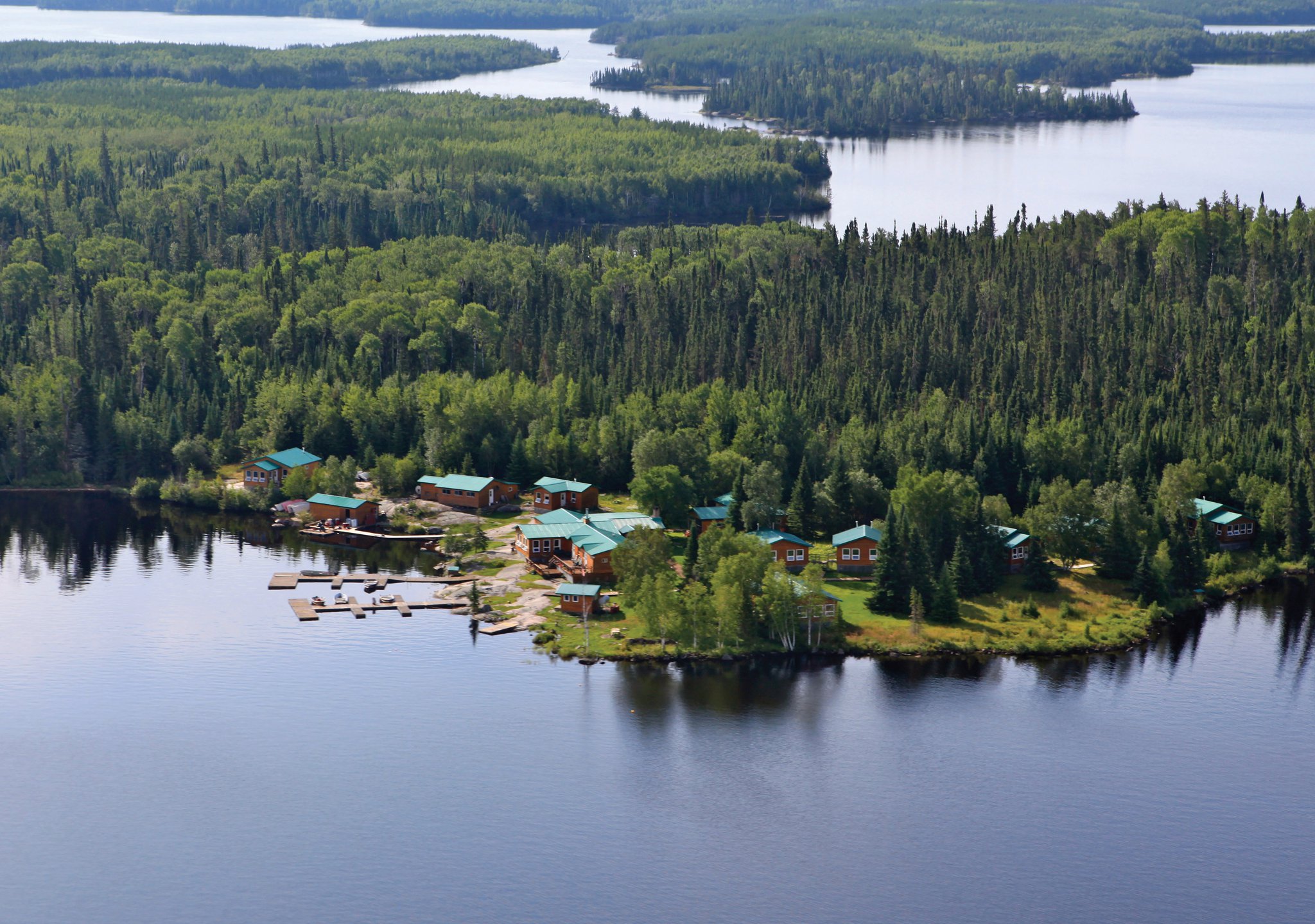
Located 180 miles northeast of Winnipeg in Atikaki Provincial Park, Dogskin Lake Lodge, (888) 364-7546, can be reached by floatplane out of Silver Falls, MB. It offers exclusive access to 7,000 acres of water and 85 miles of pristine shoreline that’s prime moose habitat.
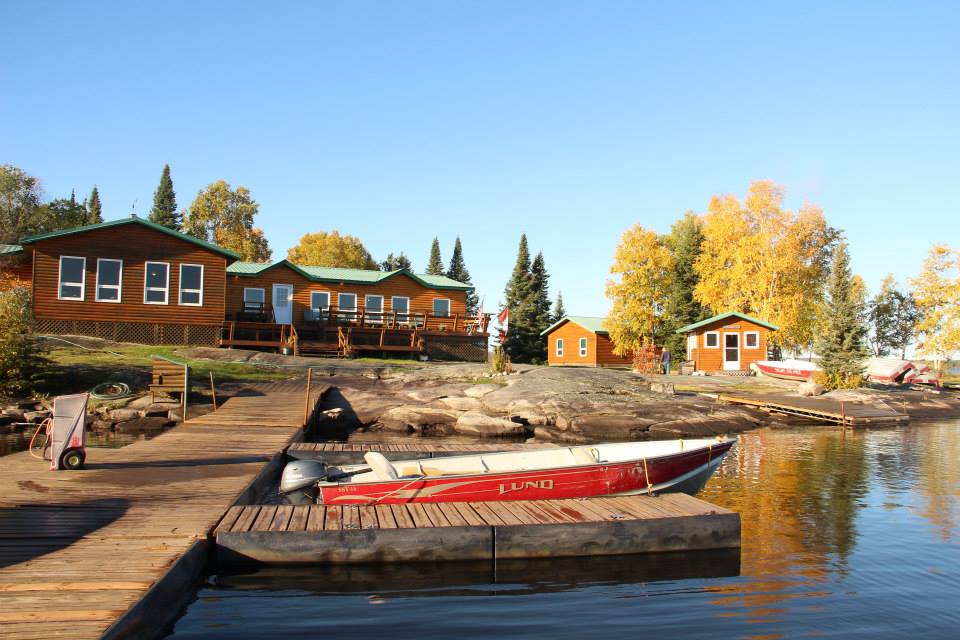

A family-run operation for more than 40 years, Webber’s Lodges, (888) 932-2377, enjoys a reputation as a world-class outfitting operation in Manitoba’s far north country. Hunts are conducted out of outpost camps on different lakes in traditional moose territory. One or two hunters per guide at any one camp. Expect to spend mornings and evenings calling to rutting bulls; scouting, fishing or relaxing during midday.
